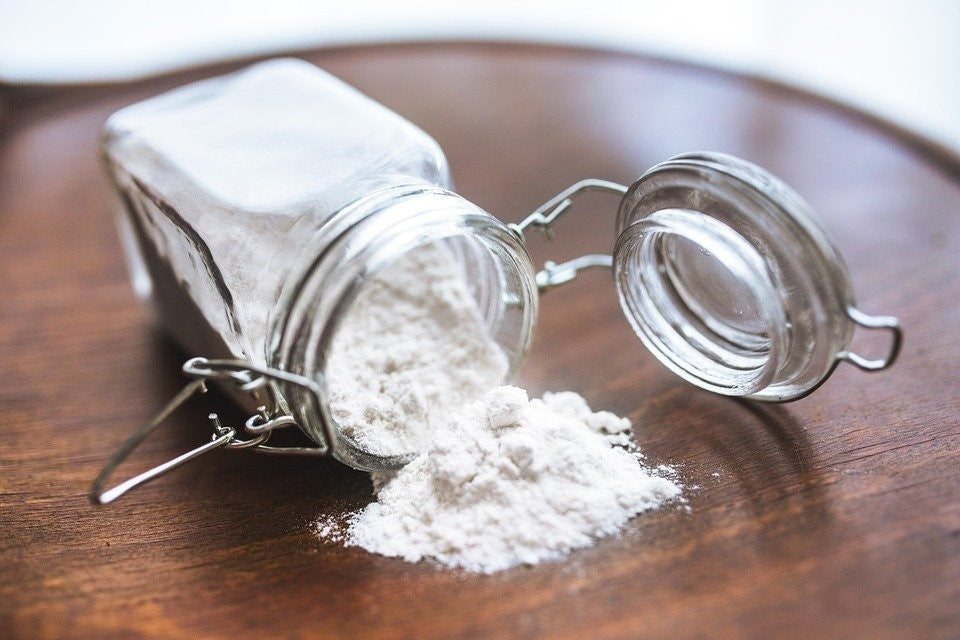
Have you had any rice recently? You look a little chubby!
Would you like to lose a few inches? Reduce the amount of rice in your diet!
Dieting? Rice must be avoided!
What is rice flour? For fitness enthusiasts, this is a no-no!
You may have definitely heard one of these suggestions from a friend, a fitness specialist, or even a member of your own family at some point of time. But, have you ever analyzed how much logic these suggestions actually possess?
While being calorie-cautious, cutting down on rice is the first thing that springs to mind. Consider how rice is used as pasta in Italy. Rice is the most common food in Japan. It is commonly consumed in the Middle East too! So, what’s the deal with these individuals not being fat? Why is it that, Japan is still ranked first among the world’s healthiest countries despite still eating rice majorly? How are they able to achieve all of this without bloating up?
Rice is both, the dominant and ill-famed food in today’s world where calories are the universal language.
Throughout ancient times, we have eaten rice in numerous forms and combinations celebrated all over the world, be it in combination with lentils, Biryani, Curd-rice, Pongal, Idli, Dosa, and many more mouth-watering variations.
So, if you enjoy eating rice, but are unclear of its health impacts and perks, you’ve come to the right spot! Let’s take a closer look.
Rice flour: Nutritional Content
Below is the fact sheet of head-to-head comparison of the nutritional content (per 100 g of dry weight) of wheat and rice flours (1):
Rice Flour
Wheat Flour
Calories
374.4 KCal
351.4 KCal
Fat
0.8 g
1.8 g
Carbohydrate
91 g
82 g
Sugar
0.1 g
0.5 g
Protein
0.8 g
1.8 g
As the table shows, wheat flour has somewhat fewer calories than rice flour. Rice flour, on the other hand, appears to have lower fat and sugar content than wheat flour!
Gluten-Free Fella!
These days, you might have used a pricey gluten-free health product. Did you know that rice is the most affordable and widely accessible gluten-free option? Gluten has been shown to be hazardous to celiac patients and gluten-allergic individuals (2). Aside from that, it has a slew of negative side effects such as fatigue, constipation, bloating, and much more. Adding rice flour to your multigrain chapatti or the evening snack cheela can be a nutritious option though.
Ultimate Liver-mate
Rice flour includes good amount of choline, which transfers cholesterol and triglycerides from the liver to the rest of the body. Choline is a nutrient that is required by humans for improving memory and cognition, protecting heart health and boosting metabolism too (3). As a result, rice flour can aid in the overall well-being of health.
The Natural Beautician
Despite of being extremely palatable, rice flour has always been the best dadi ka nuskha for all skin problems! It can be used as a skin scrub, face powder, skin-whitening and anti-inflammatory agent, and oil-absorbent (4). It has the power to make your skin look naturally flawless and beautiful
Conclusion
The health benefits of rice flour are numerous. Rice flour may be a fantastic addition to your diet if you are gluten-intolerant or have Celiac disease. Rice does not add extra pounds to your body, which is a common myth. A sufficient and balanced amount of rice flour might be a highly healthy option. It is easy to digest, good for the gut and liver, gluten-free, and a light diet alternative. You can try different recipes with the flour to find your personal favorite!
We also have a wide variety of homemade pickles which you can add to your daily meals for a burst of tangy flavour.














Is it good for diabetic people?
Such an insightful post! I honestly used to think rice flour was only useful for the occasional dosa, but recently I’ve been experimenting with it more — and it’s surprisingly versatile. I’ve been using Aishwarya Rice Flour lately, and the texture is so fine and smooth, it makes my batters lump-free every time. It’s become a go-to for everything from modaks to quick gluten-free rotis. Glad I’m not the only one rethinking how underrated it is!